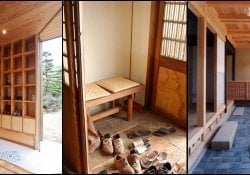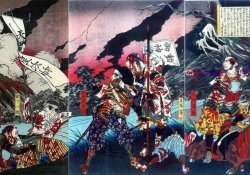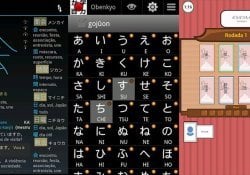Omamori [お守り] is an amulet or object that represents a person's wish for good luck or blessings. It also serves as a form of protection, talisman or enchantment and is often found in temples and shrines throughout Japan.
Índice de Conteúdo
How is an Omamori used?
You omamori or amulets should be placed in your phone, purse, wallet, home wall, pocket or something similar. Even those Japanese who don't believe in blessing or power use it for the placebo effect, so it's fiercely popular.
Omamori popularized so much in the Shintoism how much in Buddhism. The priests thought that putting the power and strength of the gods into small pocket blessings would keep people safe and motivated.
Initially, its main purpose was to ward off evil spirits and protect customers from bad experiences. They later developed hundreds of types of these amulets/talismans. Today, there is a wide selection of handmade charms.
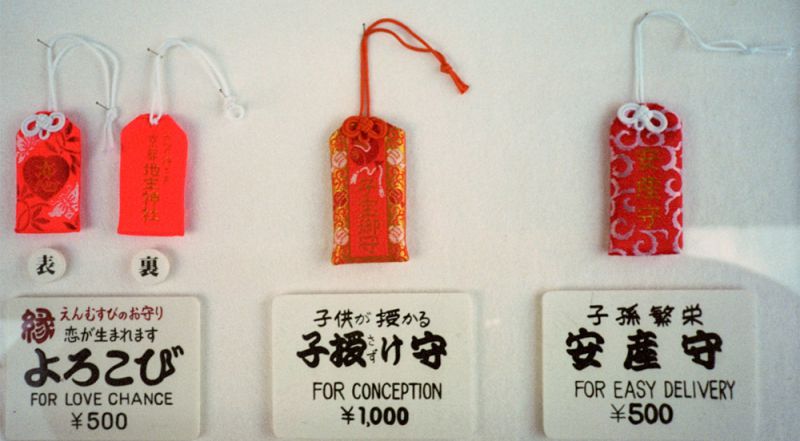
Differences between Omamori in Shinto and Buddhism
There is little difference between Shinto and Buddhist omamori: both contain a small prayer inside, are covered with a silk cloth, are emblazoned with the name of the place and hang from a delicate thread.
Never, ever open the omamori. Otherwise, the blessing is released and all the luck and protection you sought is lost. Carry it outside of your backpack (although this is not a firm rule).
Shinto shrine priests and maidens will emphasize that each has an expiration date. Usually about a year later, or until its purpose is fulfilled.
Once they "expire", return them to the shrine or temple you purchased them from. Thus, they will discard you into a holy fire with others.
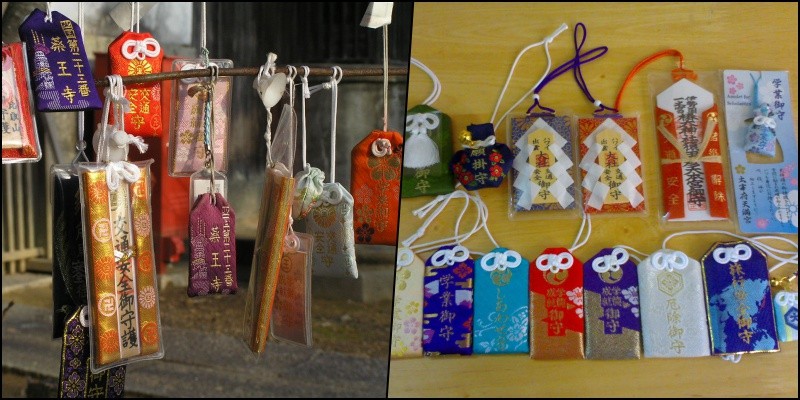
Omamori Types - Japanese Amulets
There are two main types of omamori. The first and most popular are talismans, which are rectangular. These gain their power from words written on paper or wood. The words could be the name of the shrine, or a section of a sutra, or powerful words. The wood or paper is then sealed inside a cloth bag.
The second type is the morphic omamori which are made in the shape of something. Traditional forms are the bottle gourd, bell and bundle. Each has ceremonial links to objects used in Shinto practices. Some temples offer omamori exclusive.
Below we will see a list of the main types of amulets in Japan. There are thousands, as some are quite specific in their functions. The ones in the list below can be easily found anywhere, or made at home.
Usually the amulets have specific colors according to their function, the names of the amulets that we will see next are usually what is written on the amulet in question. These are words that represent their function well. Some can be filled with phrases!
Remembering that there are other amulets that we will not mention in the article, some bring digital security, others promise to protect even against bear attacks or protect your pet. There is a type of amulet for anything, you can even invent your own.
The article is still halfway through, but we recommend also reading:
Katsumori - The Successful Talisman
Katsumori [勝守] is potentially one of the most sought after, it is likely to be found in almost every shrine and temple. They often bear the image of an arrow, which is a common symbol in Shinto to point towards a goal.
While “success” may be vague at first glance, it holds a promise: the wearer channels their energy into a single goal, and the talisman ensures that it will happen.
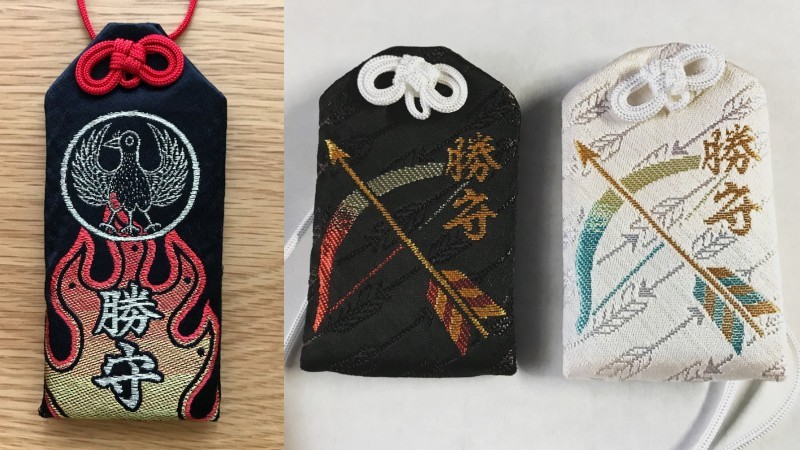
Yakuyoke - The Mal Prevention Charm
The distinction between this amulet and the katsumori it's the way he helps you with your goal. While the katsumori help in your ventures, the yakuyoke [厄除け] prevents potential evils that can inhibit your success.
Those who feel tormented by a bad event can take the amulet as a way to quell any superstitions and bring some relief.
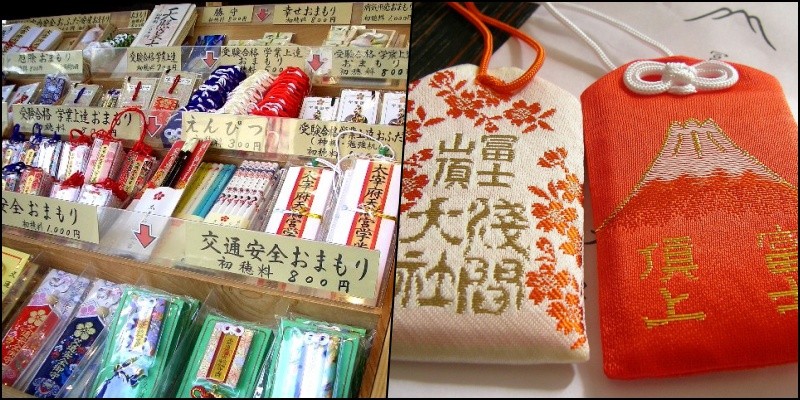
Shoubaihanjou - The money talisman
The shoubaihanjou [商売繁盛] comes in the form of a money bag. To help you with your financial situation. You can identify a shoubaihanjou hanging in the folders of some wage earners. In some shrines there are specific money talismans for investments or savings, business or personal finances.
In other cases, there are bags of money that are directed to luck in the search for money, inheritance or even good deals while shopping. Whether or not these talismans help your wallet get your money back, that's asking too much.
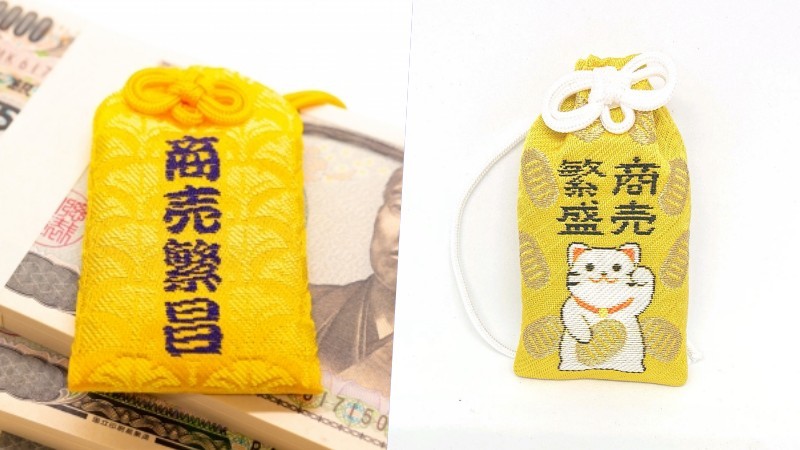
Gakugyoujouju - Education and Studies Talisman
You gakugyoujouju [学業成就] are popular among students who carry them in their backpacks during their school career in order to encourage their studies and improve their acquisition of knowledge.
This one isn't designed to help you pass any tests - there's a different amulet for that. This amulet can be used not only by students, but by anyone who wants to gain knowledge.
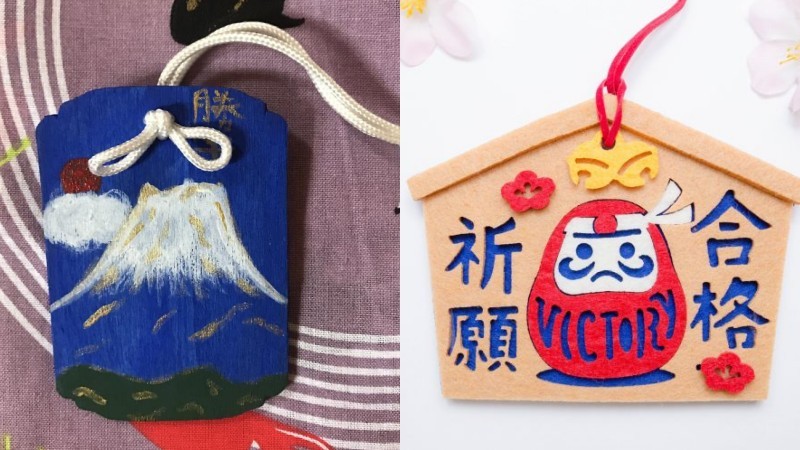
KOUTSUANZEN - SAFE TRANSIT AMULETE
The koutsuanzen [交通安全] is used by drivers, especially taxi drivers who want to have a safe trip, it can be seen hanging in the car mirror or under the steering wheel, rear view or pasted on the dashboard. Even people who use bicycles often tie this omamori to ride smoothly through traffic.
Some professionals personalize their amulets with the license plate or number of the place or car in which they work. Students who want to get their driver's licenses also often wear this amulet to succeed in the test.
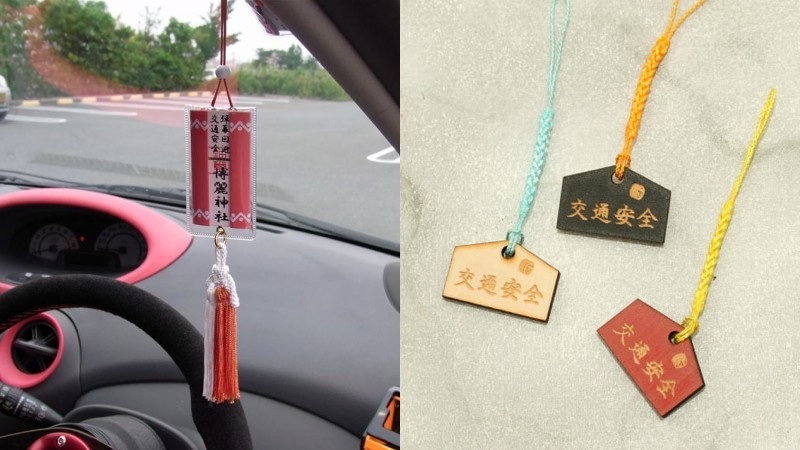
KAUIN - Lucky Amulets
You Kauin [開運] are the most common amulets that bring luck in general without anything specific. They can be found easily, are often bought as souvenirs, and bear the name of the shrine or temple without much detail.
If you don't have a specific goal in mind, or simply want a little souvenir of a shrine to remember your visit without any commitment, this might be your best choice. Nowadays he is not as popular as the yakuyoke.
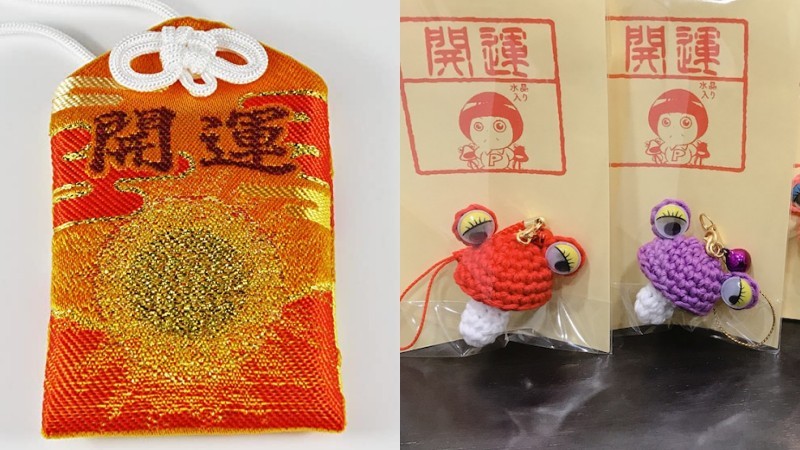
Shiawase - Happiness Amulet
The omamori written shiawase [幸せ] which literally means happiness, has a nuance of helping the user with methods and ways to improve their life; As the name suggests, giving happiness in any area of life.
One of the most popular amulets for really focusing on true happiness, as everyone knows that financial success is not what brings true happiness. This amulet promises to fill the void of this crazy life.
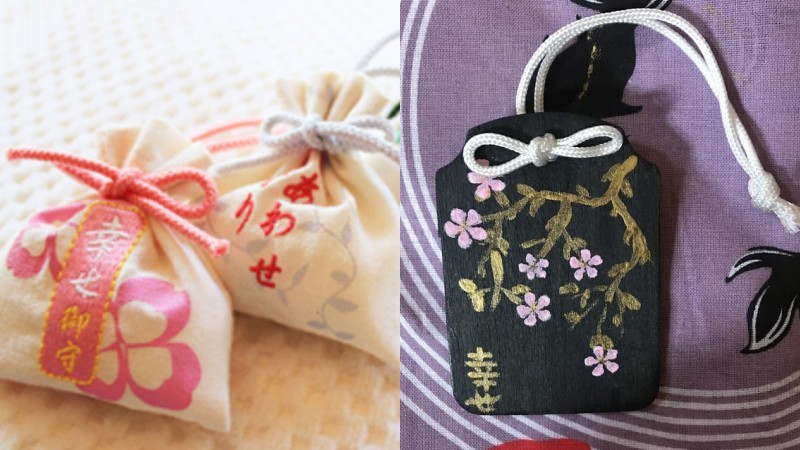
KENKOU - Health Amulet
Kenkou [健康] is the amulet focused on helping your health. This omamori offers personal protection, prevention and other things related to a person's health.
Another type of amulet health quite rare and popular aims to protect people in sexual health. They can be found during Kanamara Matsuri the famous bizarre fertility festival.
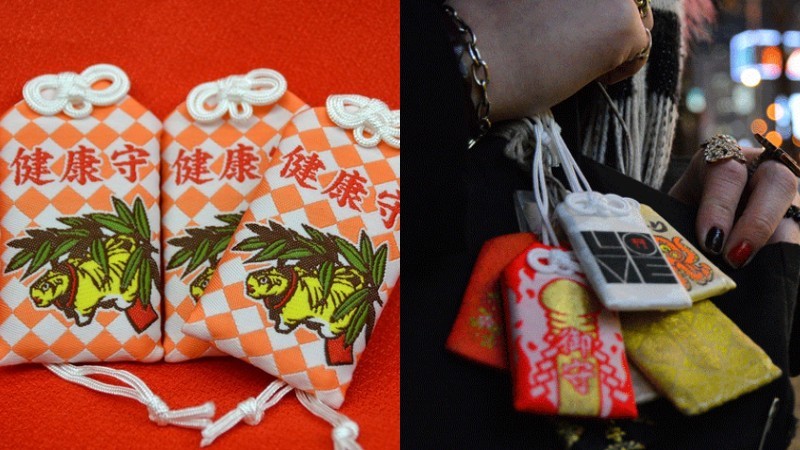
Enmusubi E ANZAN - AMULETES OF LOVE
Love is a common theme among omamori, love amulets can be divided into several categories depending on the person's situation. Usually these amulets have a small message of love and are used to bring people together.
Enmusubi [縁結び] doesn't just refer to a simple temple-bought amulet. It is common for lovers to take a piece of paper and write the name and age of the person they wish to marry, fold it and tie it to a railing or tree branch in a shrine or temple in order to pray for a marriage. .
The word enmusubi means bond of love, marriage or bond of marriage, also makes reference to the red thread of fate. This name is present in any kind of amulet related to love and romantic connection between people.
couples – High school students often acquire these amulets in temples in order to solidify their relationship.
married – There are large and unique amulets used for a couple to protect their marriage.
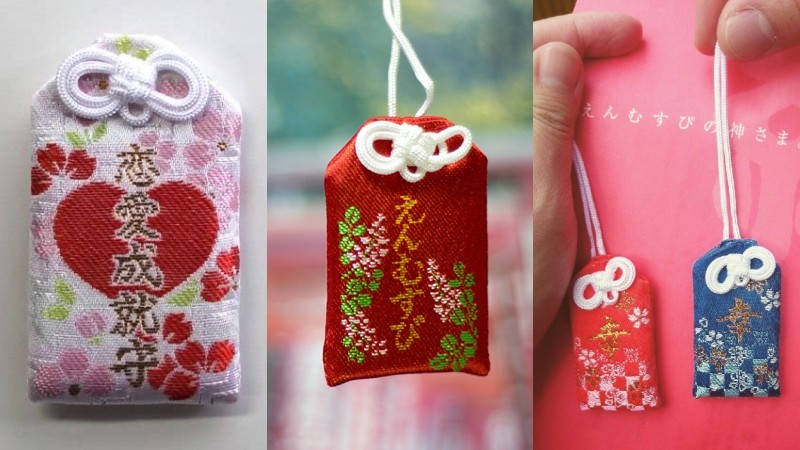
There are also sets of omamori to protect family members called kanai-anzen which means something like "Please keep my family out of harm's way". They offer little reminders of love between parents and children, and they continue to strengthen a marriage through family difficulties.
the amulet of childbirth It is known as "anzan"[安産] These help to ensure quick and safe delivery. The word anzan literally means easy birth. These are just a few of the many types of omamori existing.

